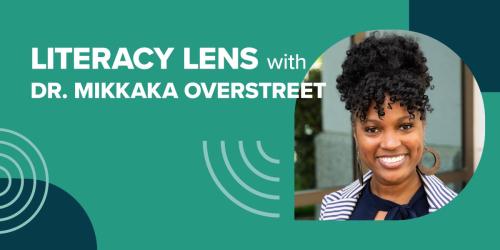Putting Reading and Writing Together for Struggling Students

It’s not easy to keep struggling students engaged in writing and reading.
Many have started learning the ropes in terms of strategies for reading and writing but haven’t been given enough slack to practice, so they don’t automatically generate purposes for their reading or revise their writing to suit their purpose.
A promising approach (which is featured as a recommendation in the new “Teaching Secondary Students to Write Effectively” practice guide, published by the Institute of Education Sciences in November 2016) is to focus on the features of effective text as a way to integrate reading and writing.
If implemented in a student-centered classroom, this approach can help students build independence—it enables them to take more control over constructing meaning; think more deeply about task, purpose, and audience; and actively identify themselves as readers and writers.
Here are a few strategies you can employ to implement this approach in your classroom:
Emphasize connections between reading and writing. Many educators teach reading and writing separately. However, the practice guide recommends explicitly highlighting the connections between the two subjects.
For example, students can take note of the sensory details they find in closely reading a narrative and apply what they learn to a piece of writing. A related activity would be to ask students to remove the sensory details from a reading and discuss how it impacts the text.
Use cognitive-strategy sentence starters to help students understand what an author is doing. Students respond to starters (such as “The most important message is …” and “I’m getting a different picture here because ...“), and in the process, they learn to identify as both a reader and writer.
When you connect reading and writing in the classroom, take advantage of every opportunity to build your students’ confidence—when they read, they should feel that understanding the text is their most important job, and when they write, they should know they are in charge of creating a connection with their readers.
It’s empowering stuff.
Use mentor texts. Have your students read texts that demonstrate the qualities of effective writing (also known as exemplar texts). Let them tell you, in their own words, why they love their favorite books. Then encourage them to get specific. For example, “What in the text helped you believe this author loved the farm where he grew up more than any other place in the world?”
Along those lines, teach your students a clear and specific vocabulary to describe the traits of high-quality writing (such as “ideas,” “organization,” “word choice,” etc.) and show them where to uncover these characteristics in different text types. Use a rubric that gives students the language they need to analyze texts of varying quality so they learn to distinguish what makes a text exemplary.
In addition, study mentor texts with your students. Have them use highlighting or color-coding to identify specific features of effective writing. In an example from the practice guide, students reading a piece of argumentative writing highlight each of the author’s claims in yellow as a way to learn more about how an argument is structured. When your students get a handle on the features they are identifying, they are better able to demonstrate what they’ve learned in their own writing.
Remember: As you integrate reading and writing in the classroom, be sure to develop students’ ability to independently select and use different strategies to make meaning. Also, don’t be afraid to veer from the strategies and change the task occasionally.
Your goal is active student involvement, which gives students the confidence and capacity to tackle complex reading and writing.
Download the practice guide


